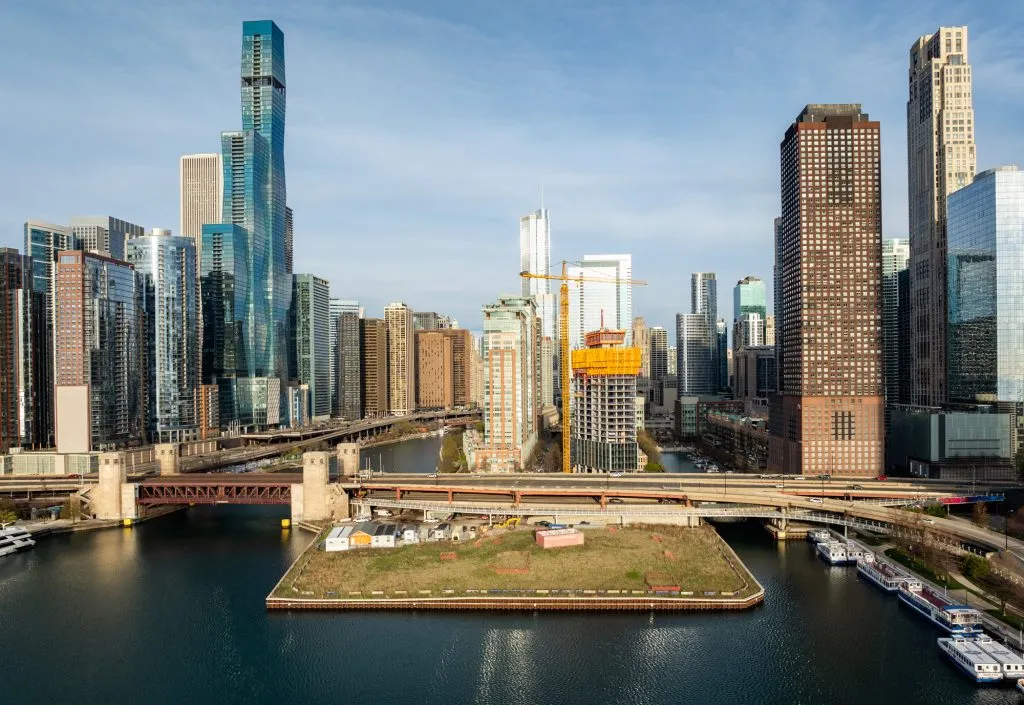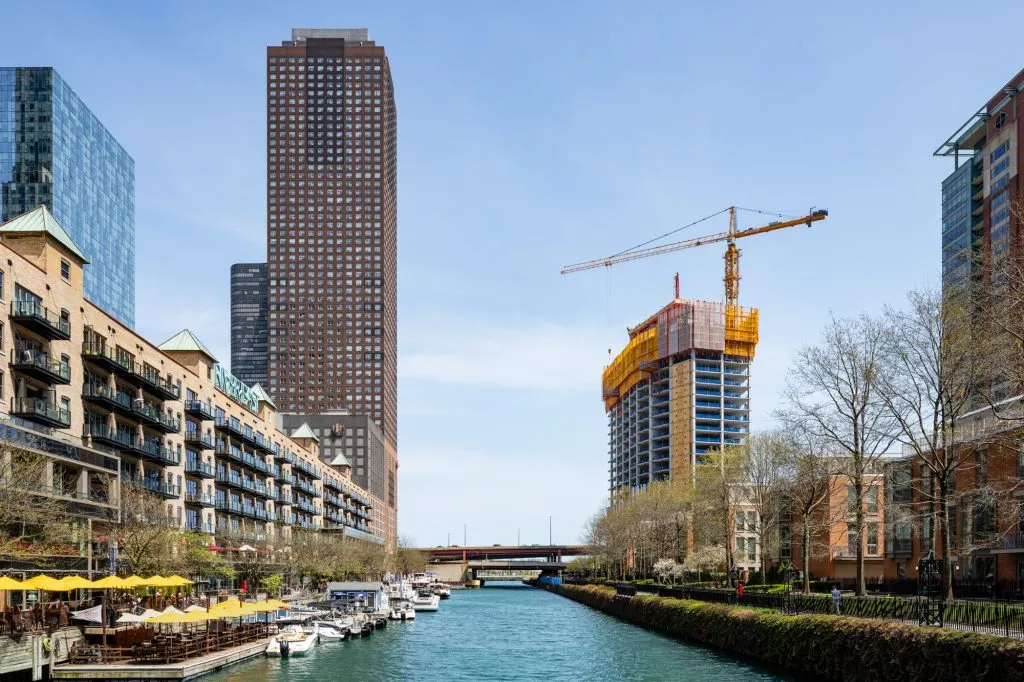Architecture speaks in a visual dialect that reveals the values, technologies, and aspirations of civilizations. From the primitive huts of early humans to the algorithmic designs of today’s parametric architecture, every era has left its distinctive stylistic signature. This article explores how to “read” buildings by examining their facades, structural elements, and ornamentation across key historical periods.
## **The Grammar of Architectural Styles**
### **1. Classical Orders: The Foundation of Western Architecture**
The ancient Greeks established three primary orders that still influence design today:
– **Doric**: Masculine and sturdy (e.g., Parthenon columns)
– **Ionic**: Scroll-like volutes convey elegance
– **Corinthian**: Ornate acanthus leaf capitals
**Why it matters**: Classical proportions (like the golden ratio) create innate visual harmony that modern architects still reference.
### **2. Gothic: Reaching for the Divine**
Identifying features:
– Pointed arches (vs. Roman rounded arches)
– Flying buttresses (external supports)
– Stained glass rose windows
**Psychological impact**: Vertical lines draw eyes upward, evoking spiritual transcendence.
### **3. Renaissance: The Rebirth of Symmetry**
Palladio’s Villa Rotonda demonstrates:
– Perfect geometric harmony
– Domed central plans
– Mathematical precision in fenestration
**Modern echo**: The U.S. Capitol Building’s neoclassical design.
## **Industrial Revolution: Materials Break Tradition**
The 19th century introduced radical changes:
– **Cast iron** allowed grand train stations like London’s Paddington
– **Steel frames** birthed early skyscrapers (Chicago’s Home Insurance Building, 1885)
– **Plate glass** created “architecture of light” (Crystal Palace, 1851)
**Cultural shift**: Ornament gave way to function, foreshadowing modernism.
## **Modernist Minimalism: Less is More**
Bauhaus and International Style principles:
– Flat roofs and cubic forms (Le Corbusier’s Villa Savoye)
– Ribbon windows for horizontal emphasis
– Rejection of decorative elements
**Controversy**: Critics argue this “clinical” approach created alienating urban environments.
## **Postmodern Playfulness: Architecture as Communication**
Rejecting modernism’s austerity, postmodernism embraced:
– Historical references (Michael Graves’ Portland Building)
– Bold colors and ironic classical elements
– Mixed materials (stone with polished metal)
**Example**: Philip Johnson’s AT&T Building (now 550 Madison) with its Chippendale-style crown.
## **21st Century: Parametric and Biomimetic Design**
Today’s cutting-edge architecture uses:
– **Algorithmic modeling** (Zaha Hadid’s Heydar Aliyev Center)
– **Responsive facades** that adapt to weather (Al Bahr Towers’ moving shades)
– **Biomorphic forms** inspired by nature (Santiago Calatrava’s Oculus)
**Sustainability focus**: Buildings now “learn” through AI to optimize energy use.
## **How to Photograph Architectural Styles**
1. **Classical**: Use symmetrical framing and low angles to emphasize grandeur
2. **Gothic**: Capture intricate details with macro lenses
3. **Modernist**: Leverage clean lines and stark shadows
4. **Parametric**: Drones reveal fluid geometries best
## **Why Style Recognition Matters**
Understanding architectural languages allows us to:
– Preserve historical structures more authentically
– Create meaningful contemporary designs
– Develop critical visual literacy in an image-saturated world
**Final thought**: Next time you walk through a city, try identifying at least three different styles—you’ll see the urban landscape transform into a living history book.
For more visual analyses of architectural photography, visit [TheToolTutorial.com](https://thetooltutorial.com).




